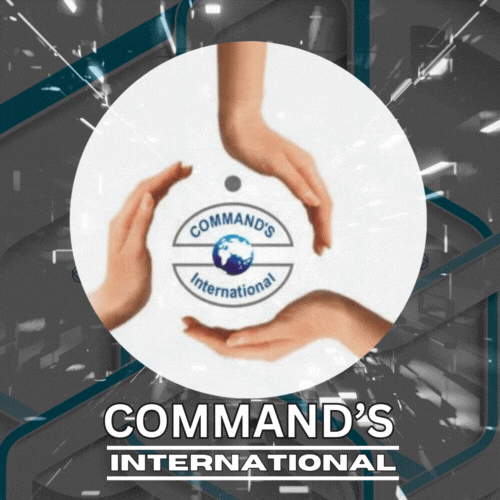Phobias and manias are terms used to describe different types of psychological conditions that affect people’s emotions and behaviors. Phobias are irrational fears of specific objects or situations, while manias refer to excessive, intense behaviors or obsessions. Understanding the vocabulary related to these conditions can help you discuss mental health more accurately and sensitively.
Phobias (Irrational Fears)
- Acrophobia – Fear of heights.
- Claustrophobia – Fear of enclosed spaces.
- Arachnophobia – Fear of spiders.
- Ophidiophobia – Fear of snakes.
- Nyctophobia – Fear of the dark.
- Cacophobia – Fear of ugliness.
- Agoraphobia – Fear of open spaces or being in situations where escape may be difficult.
- Anthophobia – Fear of flowers.
- Mysophobia – Fear of germs or contamination.
- Xenophobia – Fear of strangers or foreigners.
- Trypanophobia – Fear of injections or needles.
- Cynophobia – Fear of dogs.
- Hemophobia – Fear of blood.
- Thanatophobia – Fear of death or dying.
- Social Phobia – Fear of social situations or being judged by others.
- Emetophobia – Fear of vomiting.
- Lygophobia – Fear of darkness.
- Ephidiophobia – Fear of snakes.
- Taphophobia – Fear of being buried alive.
- Pogonophobia – Fear of beards.
Manias (Excessive Obsessions or Behaviors)
- Kleptomania – An uncontrollable urge to steal items, often without need.
- Pyromania – A compulsion to start fires for pleasure or satisfaction.
- OCD (Obsessive-Compulsive Disorder) – A condition involving recurring, unwanted thoughts and repetitive behaviors or rituals.
- Erotomania – A delusional belief that someone, often a celebrity or public figure, is in love with the individual.
- Dromomania – An uncontrollable urge to wander or travel.
- Narcissistic Mania – Excessive preoccupation with oneself and a sense of superiority over others.
- Binge Eating Mania – A condition marked by recurrent episodes of excessive eating in a short period.
- Trichotillomania – A compulsion to pull out one’s hair, often as a stress-relieving behavior.
- Hyperorality – The excessive tendency to put things in one’s mouth.
- Stereomania – The excessive collection of objects, usually with no value.
- Mania – A state of abnormally elevated or irritable mood, often associated with conditions like bipolar disorder.
- Shopping Mania – Excessive and compulsive shopping behavior.
- Workaholism – An obsession with work to the point of negatively affecting personal life and well-being.
- Sexual Mania – Excessive preoccupation or obsession with sexual activity.
- Exhibitionism – A condition where an individual has a compulsion to expose themselves to others for sexual arousal.
- Compulsive Lying – A behavior involving a constant need to lie, even in situations where lying is not necessary.
- Pica – A compulsion to eat non-food items, such as dirt or chalk.
- Hoarding Disorder – The compulsion to accumulate items, often resulting in cluttered and unsanitary living conditions.
- Megalomania – A delusion of grandeur, often involving feelings of power or importance far beyond reality.
- Cinemania – Obsessive behavior towards films or movies, often leading to the compulsive watching of films.
Phobia vs. Mania
- Phobias are irrational fears that can cause anxiety, panic attacks, and avoidance of specific situations or objects.
- Manias involve extreme or compulsive behaviors that can affect a person’s daily life, often requiring medical or psychological treatment to manage.
Medical Treatment for Phobias and Manias
- Cognitive Behavioral Therapy (CBT) – A therapeutic approach used to treat phobias and manias by changing negative patterns of thinking and behavior.
- Exposure Therapy – A form of CBT used for treating phobias, where individuals are gradually exposed to the source of their fear in a controlled manner.
- Medication – Antidepressants, anti-anxiety drugs, and mood stabilizers may be prescribed for managing symptoms of phobias and manias.
- Psychotherapy – Talking therapies to help individuals understand and manage their emotions, fears, and compulsions.
- Support Groups – Groups where people with similar conditions can share their experiences and coping strategies.
Practice Questions
- What is the difference between a phobia and a mania?
- List five common phobias.
- Describe the symptoms of kleptomania and pyromania.
- How can cognitive behavioral therapy help treat phobias?
- Name two conditions related to mania.
📌 Learn More with www.commandsglobal.com
Explore more psychological terms and build your English vocabulary for discussing mental health and emotional well-being! 🧠💬

